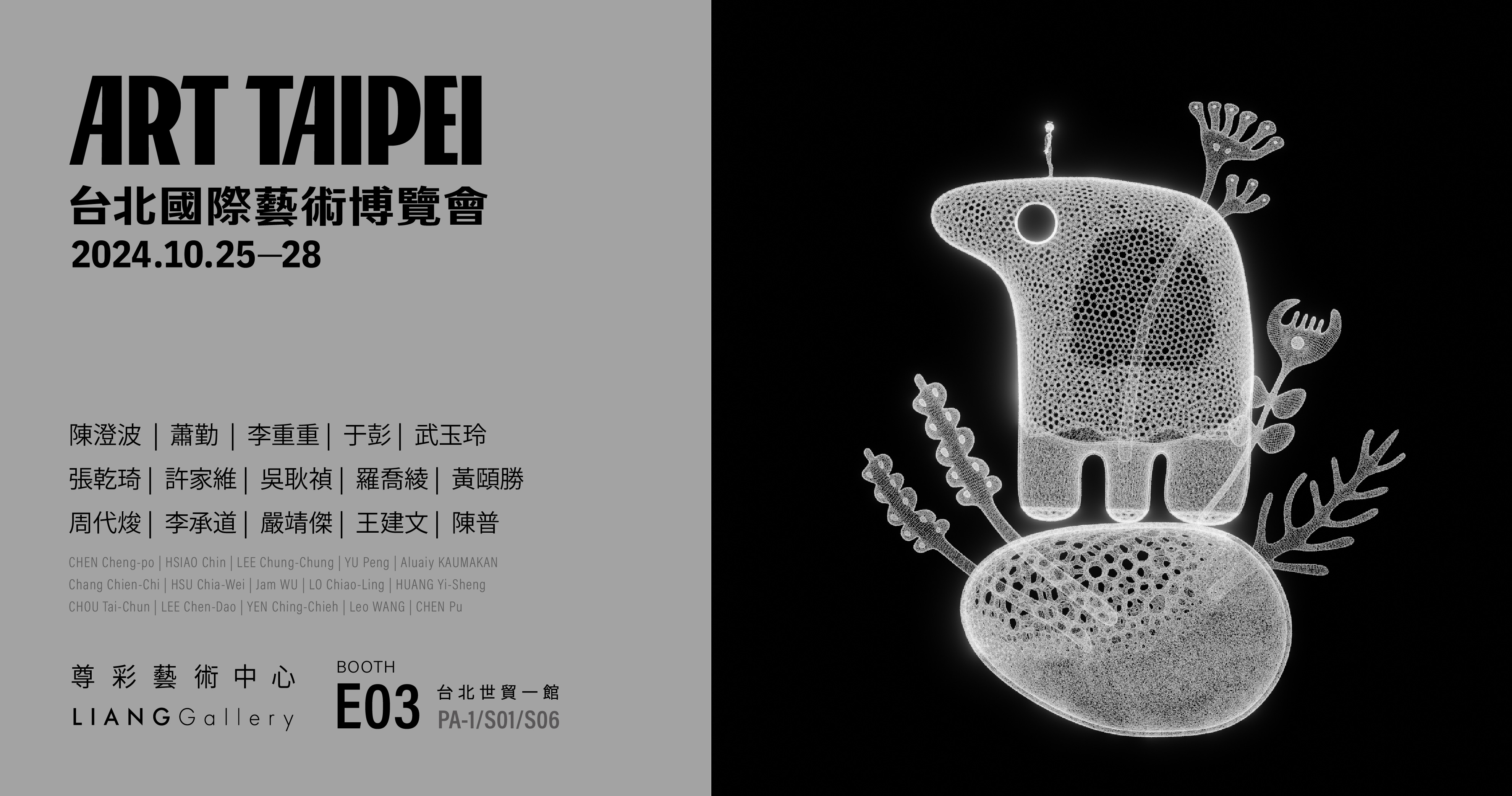
2024 ART TAIPEI-E03
2024 ART TAIPEI-Liang Gallery Presents Group Exhibition of Fifteen Artists, Showcasing Art’s Diversity and Contemporary Value
At the 2024 Art Taipei, Liang Gallery presents “Stitches of Time," bringing together artistic excellence spanning a century. Here, tradition and innovation interweave, seeking breakthroughs in continuity and exploring innovation through dialogue.
- 十月 19, 2024
- Art Fairs, CHEN Pu, Exhibitions, HSIAO Chin, HSU Chia-Wei, HUANG Yi-Sheng, Jam WU, Leo WANG, LO Chiao-Ling, YEN Ching-Chieh, YU Peng, 周代焌, 未分類, 李重重, 王建文, 蕭勤, 陳澄波
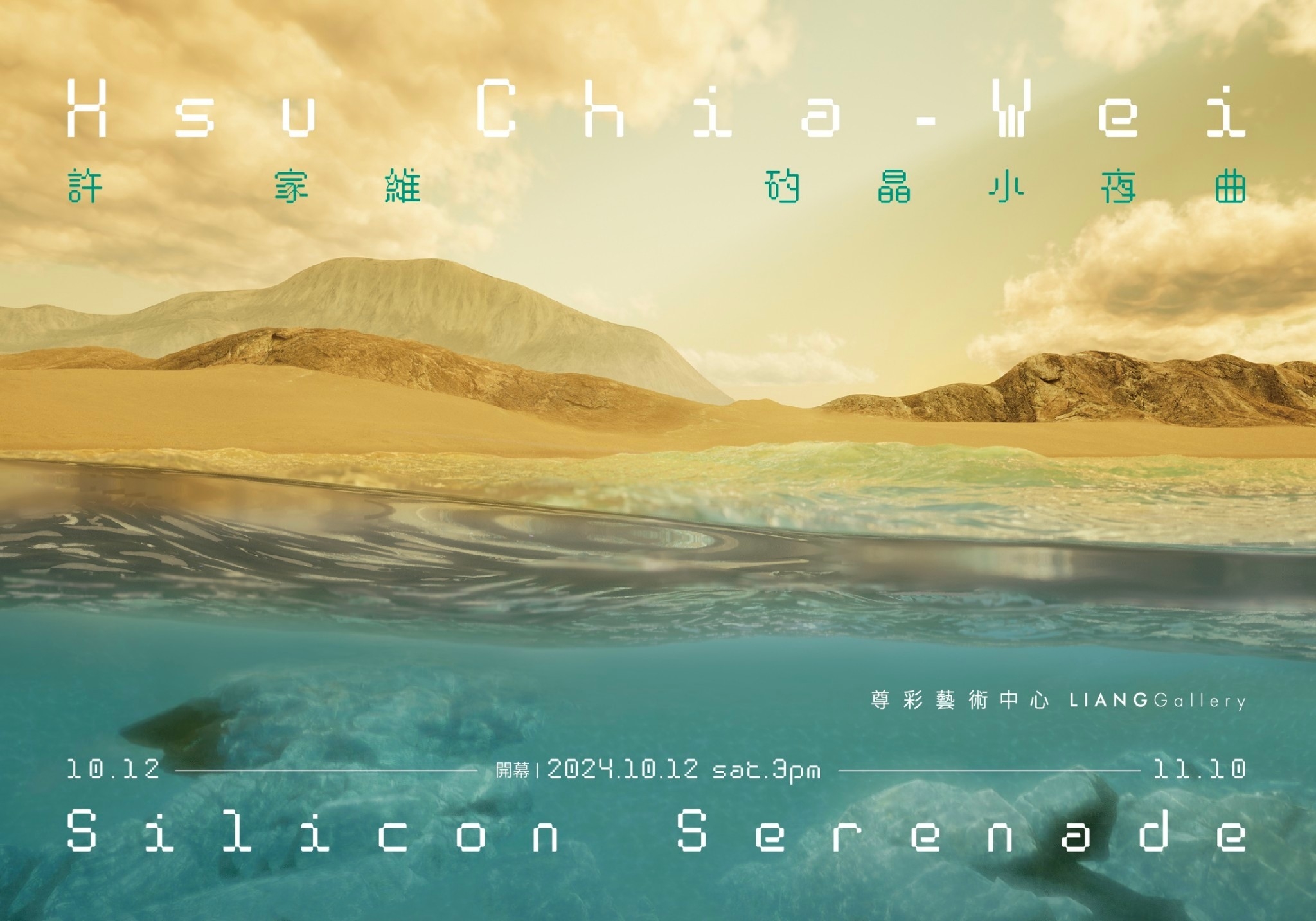
Silicon Serenade – HSU Chia-Wei’s Solo Exhibition
This exhibition showcases a series of works by Hsu Chia-Wei that revolve around the technological genre. This creative axis explores the transition from vacuum tube technology to digital technology, from physical materials to game engines. By exposing the medium-specific characteristics behind the images in his works, the artist presents the dual nature of these media as both a technology of memory and for imagining worlds.
- 九月 25, 2024
- Exhibitions, HSU Chia-Wei, 未分類
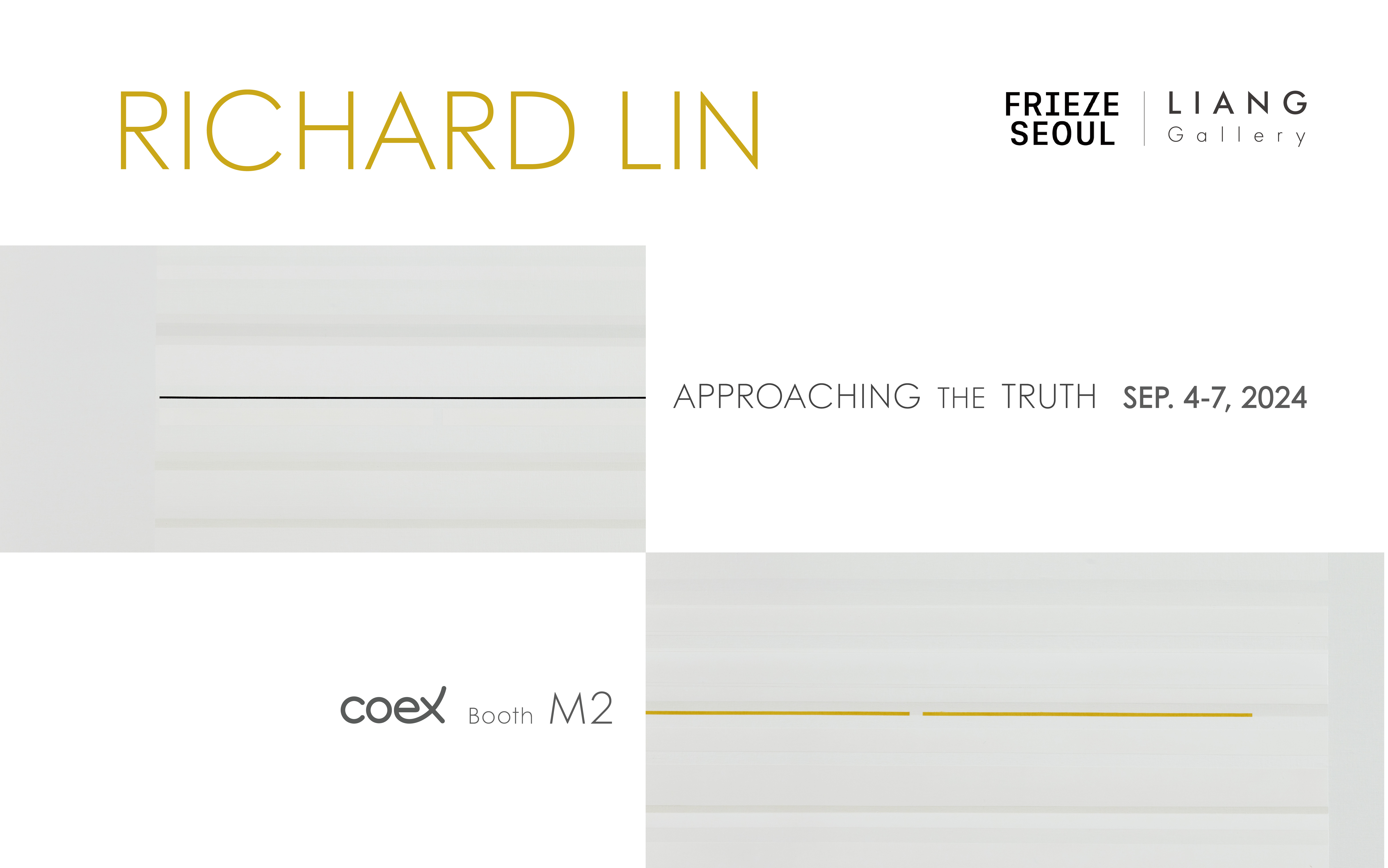
Liang Gallery:FRIEZE SEOUL 2024|Booth FRIEZE MASTERS M2
Liang Gallery is honored to announce its participation in FRIEZE SEOUL 2024 in September, presenting classic works by Richard Lin (1933-2011), a master of Chinese abstract art. The exhibition, titled “Approaching the Truth: Richard Lin Solo Exhibition," aims to showcase the extraordinary achievements of this artistic pioneer who bridged Eastern and Western art to the international art world.
- 八月 09, 2024
- Art Fairs, International Art Fairs, 未分類, 林壽宇
Memo from the Great Mother: Aluaiy Kaumakan Solo Exhibition
Written by Wei-Lun, Lu
In one of the ancient myths of the Paridrayan Tribe, when the sun shines on the clay pot, the first child born from the clay pot is a baby girl. She then became the first mazazangiljan (chieftain), became the ancestor of the mazazangiljan, and created the structure and order of this community. For generations, the women of the mazazangiljan have inherited her blood, carrying on her glory, but also bearing her responsibility.
- 七月 04, 2024
- Aluaiy Kaumakan, Exhibitions, 未分類
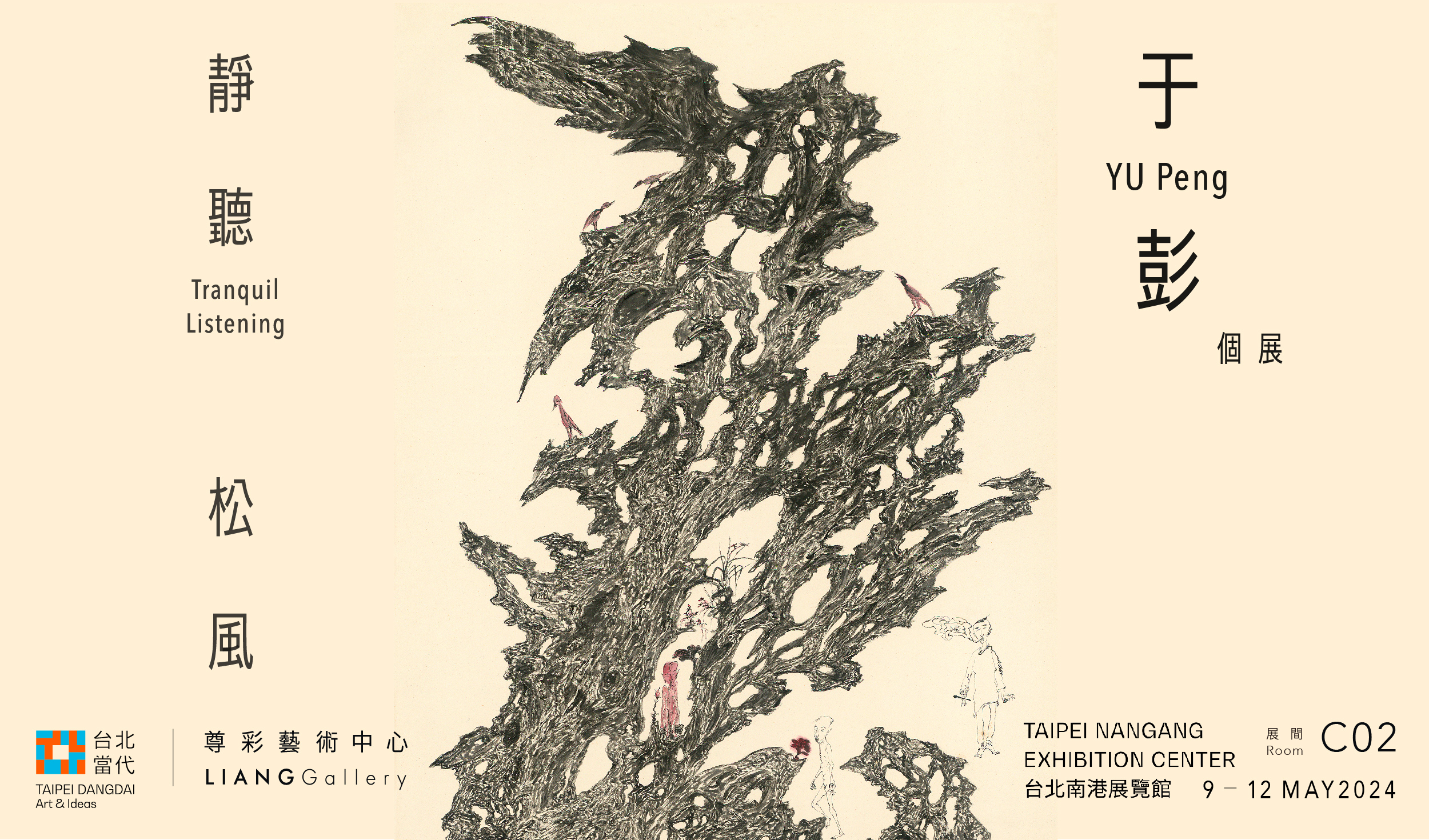
2024 Taipei Dangdai Art & Ideas Art Fair | Liang Gallery Booth C02
Liang Gallery soon to exhibit “Tranquil Listening—Yu Peng Solo Exhibition" at the Taipei Dangdai Art & Ideas Art Fair|Press Release
At this year’s Taipei Dangdai Art & Ideas, Liang Gallery is honored to present Mr. Yu Peng’s solo exhibition in memory of the legendary modern ink artist who emerged from Taiwan’s local art scene in the 1980s to become famous around the world.
- 四月 14, 2024
- Art Fairs, Exhibitions, Local Art Fairs, YU Peng, 未分類
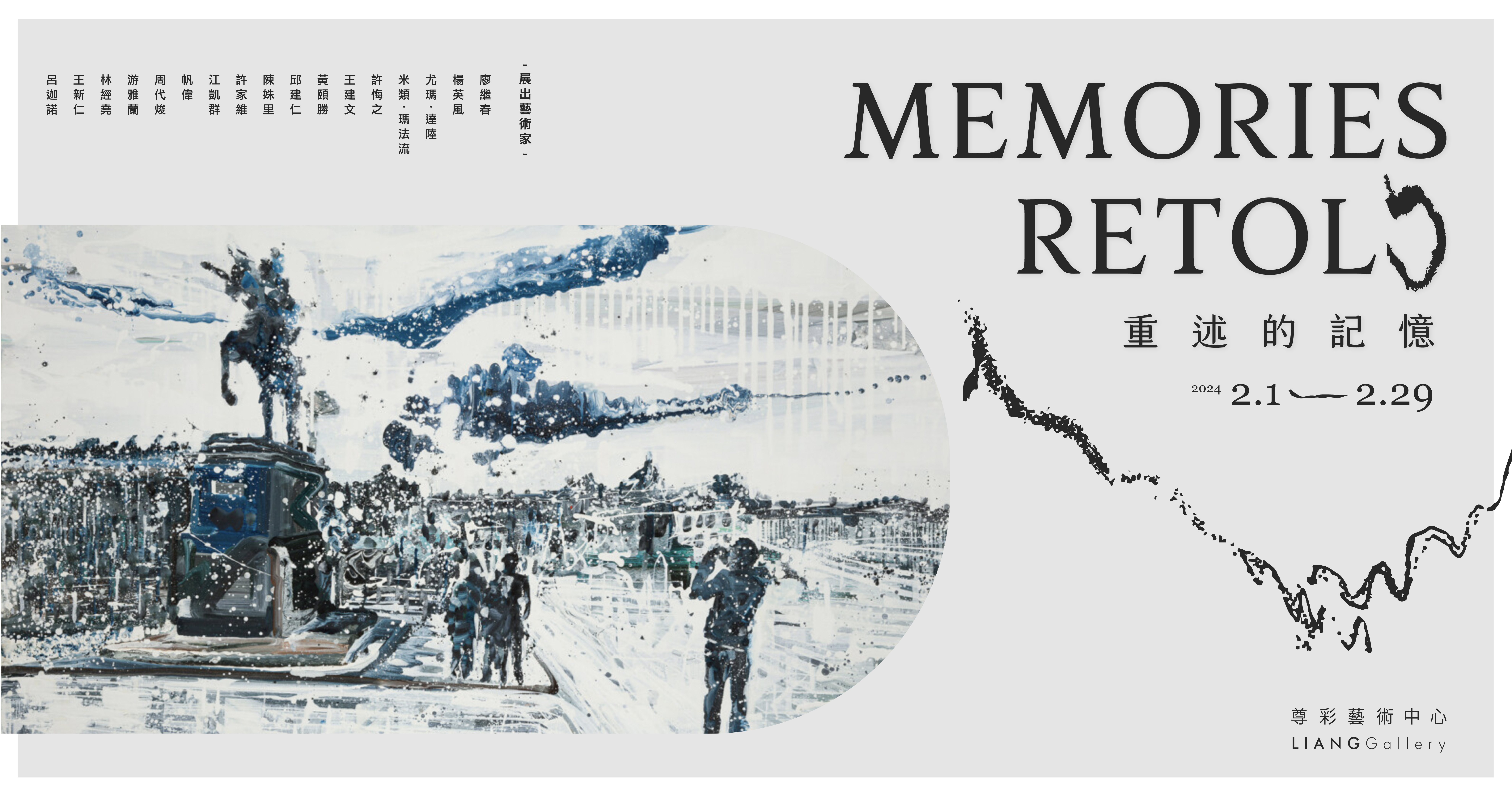
Memories Retold
By multiple perspectives and creating methods from the artists, the exhibition tends to guide the audience thought the dialectical conversation between rationality and sensibility.
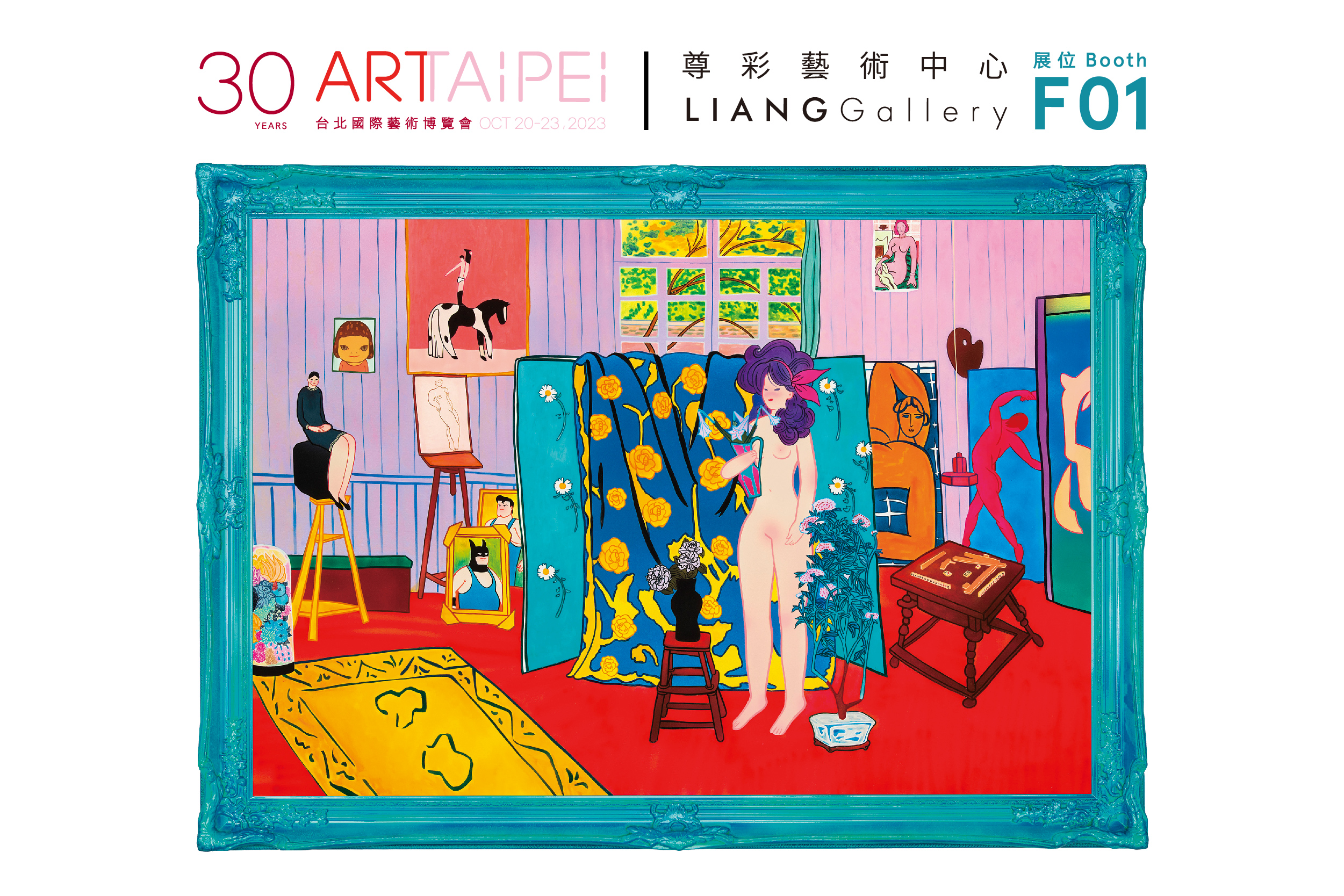
ART TAIPEI 2023 | LIANG GALLERY | Booth F01
Exhibiting artists: LEE Zai-Qian, Hsu Yunghsu, LEE Chung-Chung, Leo WANG, HUANG Yi-Sheng, LO Chiao-Ling, Sinje Lee, CHIANG Kai- Chun, CHOU Tai-Chun, LEE Chen-Dao, KOO, Chen Pu
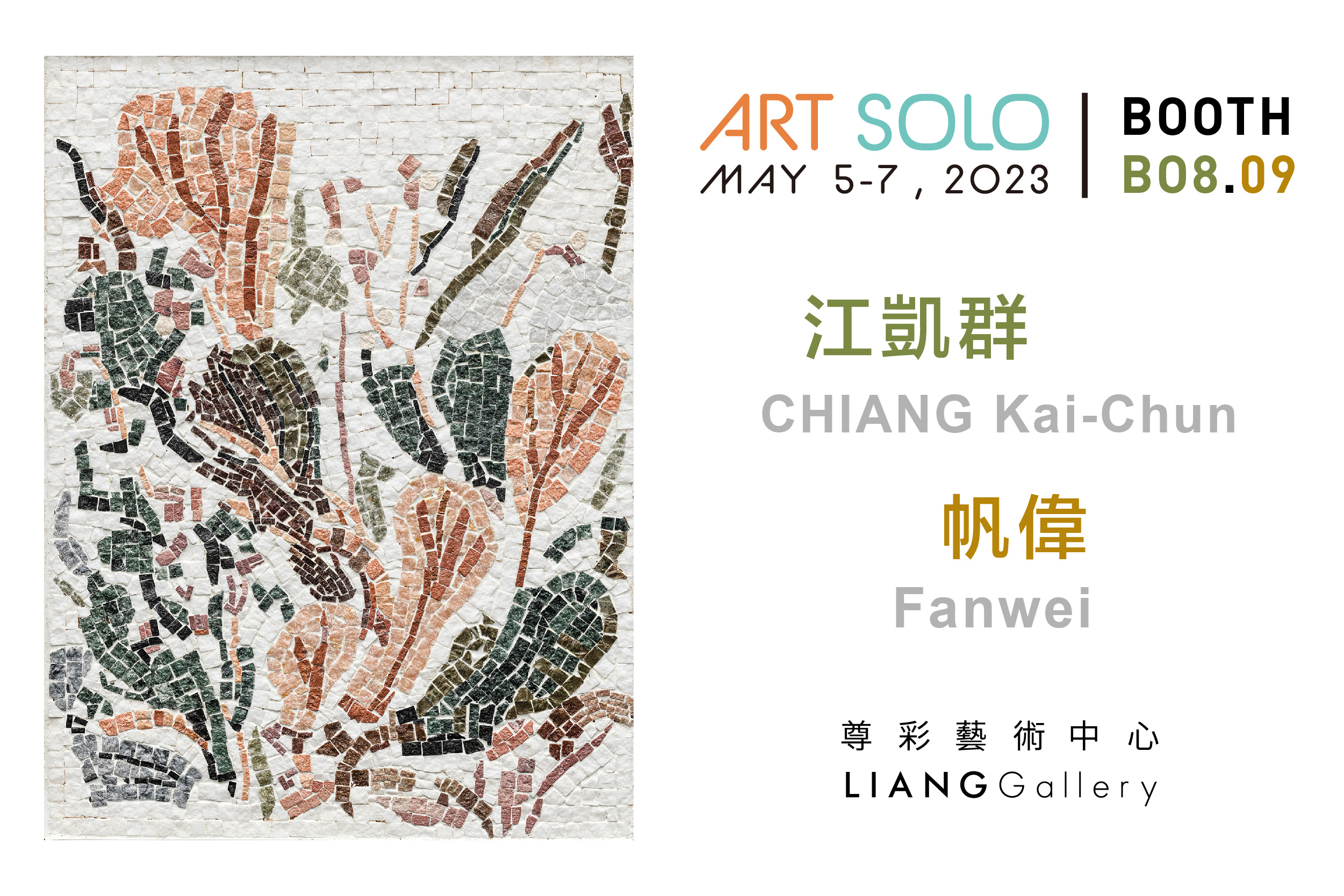
2023 ART SOLO | LIANG GALLERY B08, B09
Liang Gallery is pleased to announce that it will participate in ART SOLO 2023 and present the wonderful works of the artists CHIANG Kai-Chun and Fanwei at the EXPO Dome, Taipei Expo Park, from May 5 to 7, 2023 (May 4 is the VIP preview day).
- 四月 15, 2023
- Art Fairs, CHIANG Kai-Chun, Exhibitions, Fanwei, Local Art Fairs

The Subtext – Beyond the Words
Chinese characters have form, sound, and meaning, and, when a literati writes, they are the lyrical expressions of their own temperament: for example, Xu Wei’s brushwork in the late Ming Dynasty is wild and vivid, like ivy reaching into the sky; Ni Yuan-lu’s are as elegant and extraordinary as wind-blown grass.
- 二月 12, 2023
- CHU Ko, Exhibitions, HSU Hui-Chih, Jam WU, LI Yuan-Chi, TAI Jing-Nong, YU Peng, 未分類
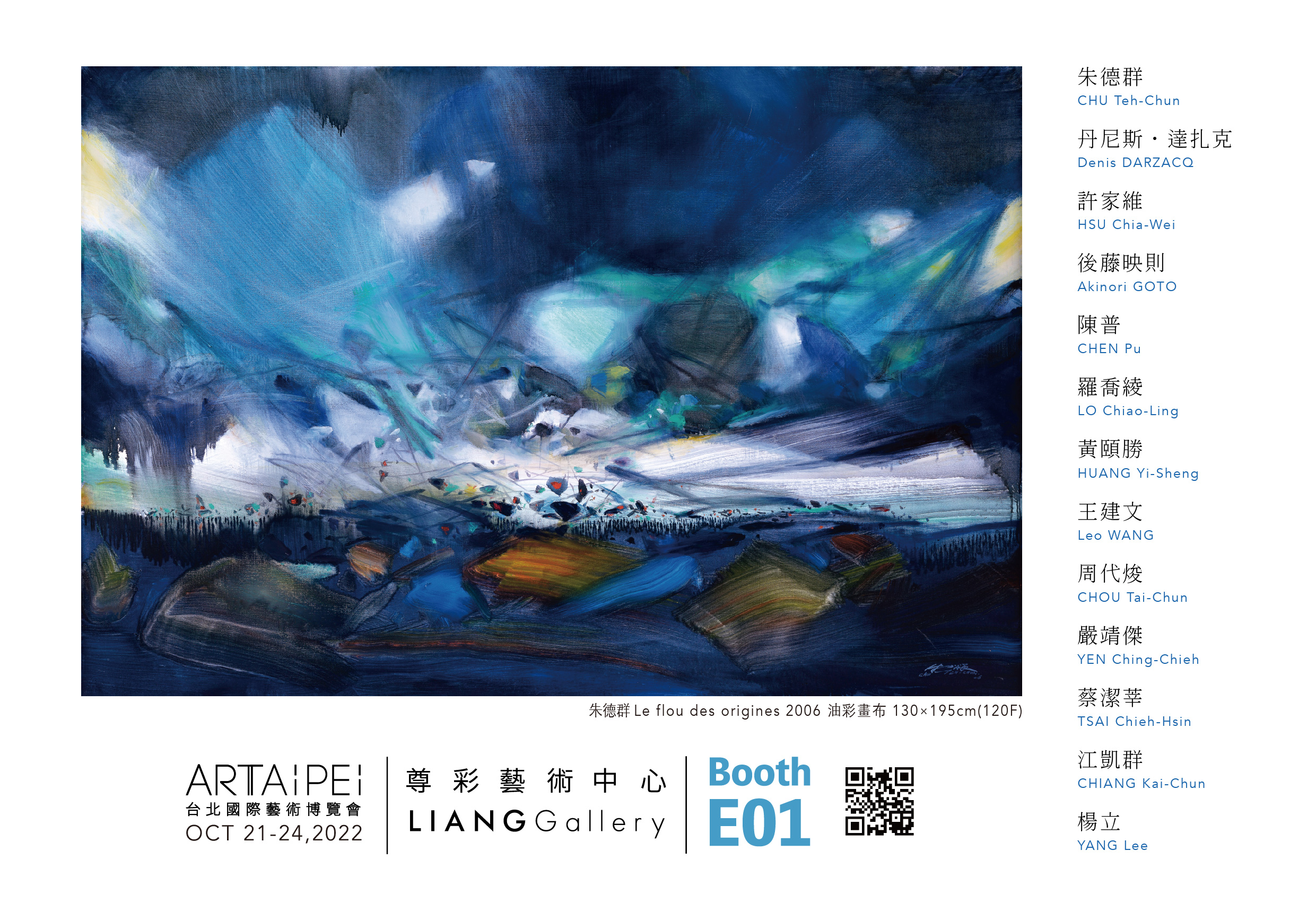
Art Taipei 2022 | Liang Gallery | Booth E01
Featured Artists:
CHU Teh-Chun, Denis Darzacq, HSU Chia-Wei, Akinori GOTO, CHEN Pu, LO Chiao-Ling, HUANG Yi-Sheng, Leo WANG, CHOU Tai-Chun, YEN Ching-Chieh, TSAI Chieh-Hsin, CHIANG Kai-Chun, YANG Lee
- 十一月 16, 2022
- Art Fairs, CHEN Pu, CHIANG Kai-Chun, CHOU Tai-Chun, Exhibitions, HUANG Yi-Sheng, Leo WANG, LO Chiao-Ling, Local Art Fairs, TSAI Chieh-Hsin, YANG Lee, YEN Ching-Chieh, 周代焌, 王建文, 蔡潔莘
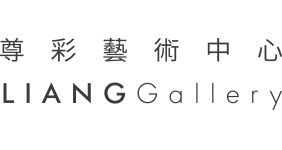
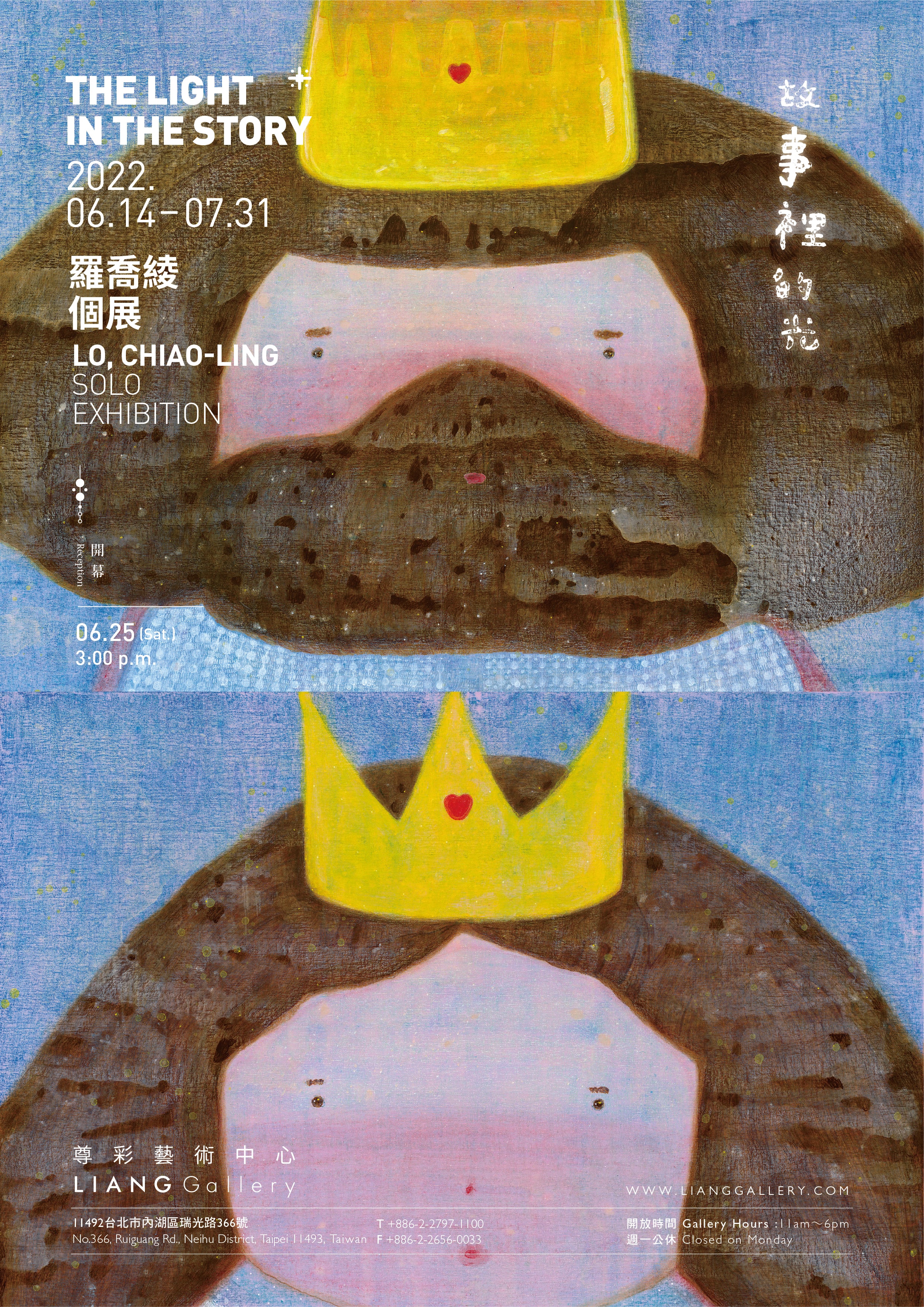
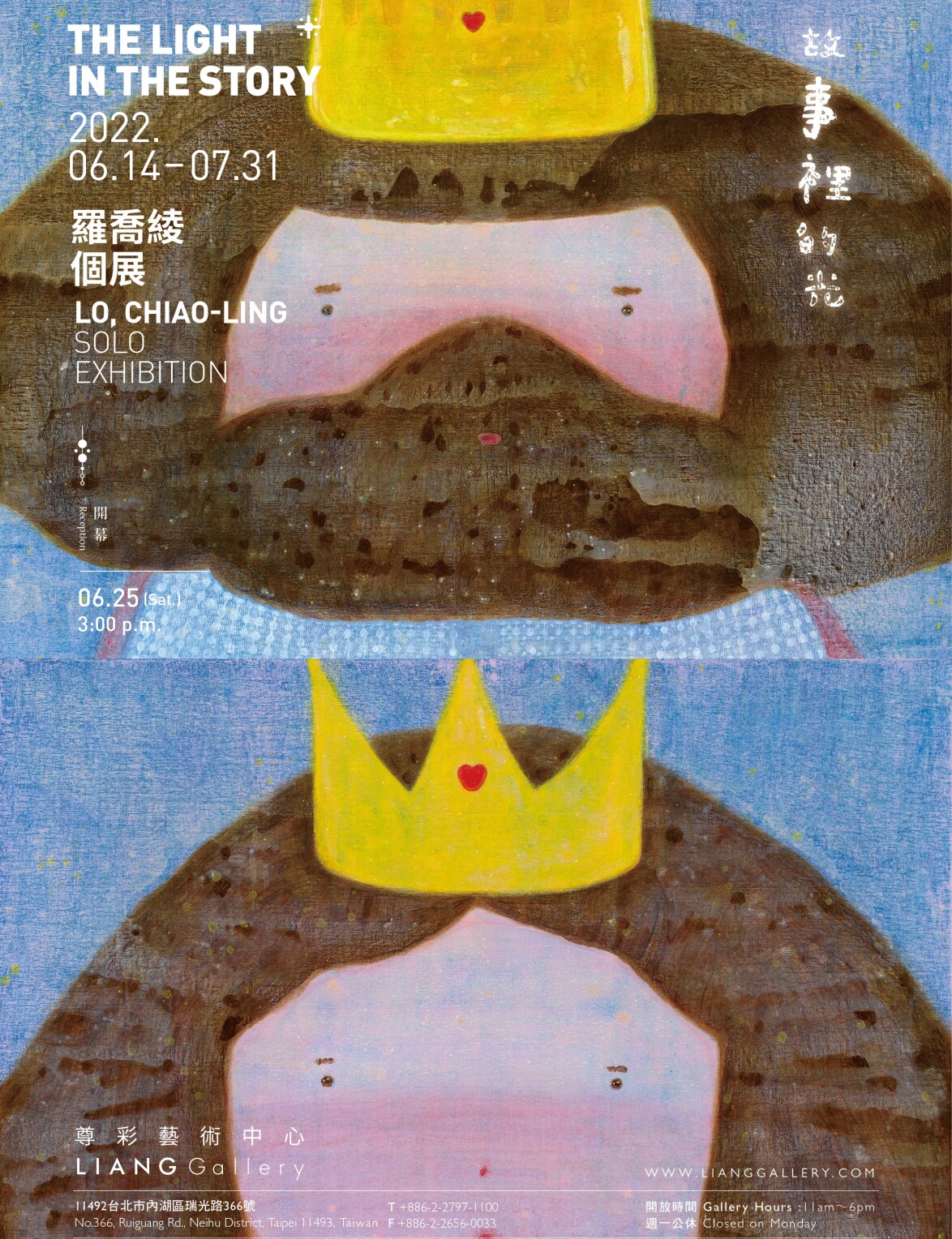
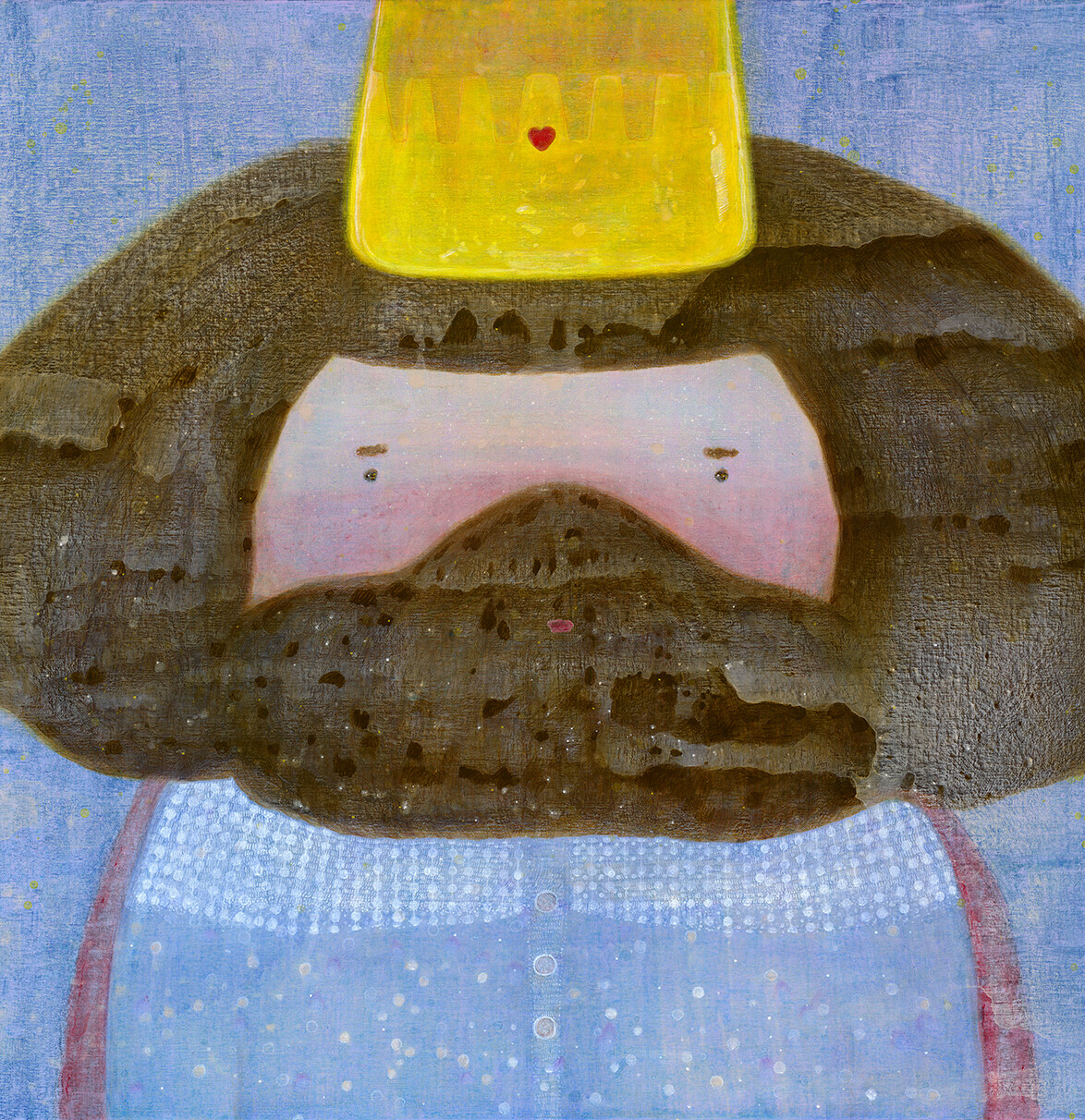
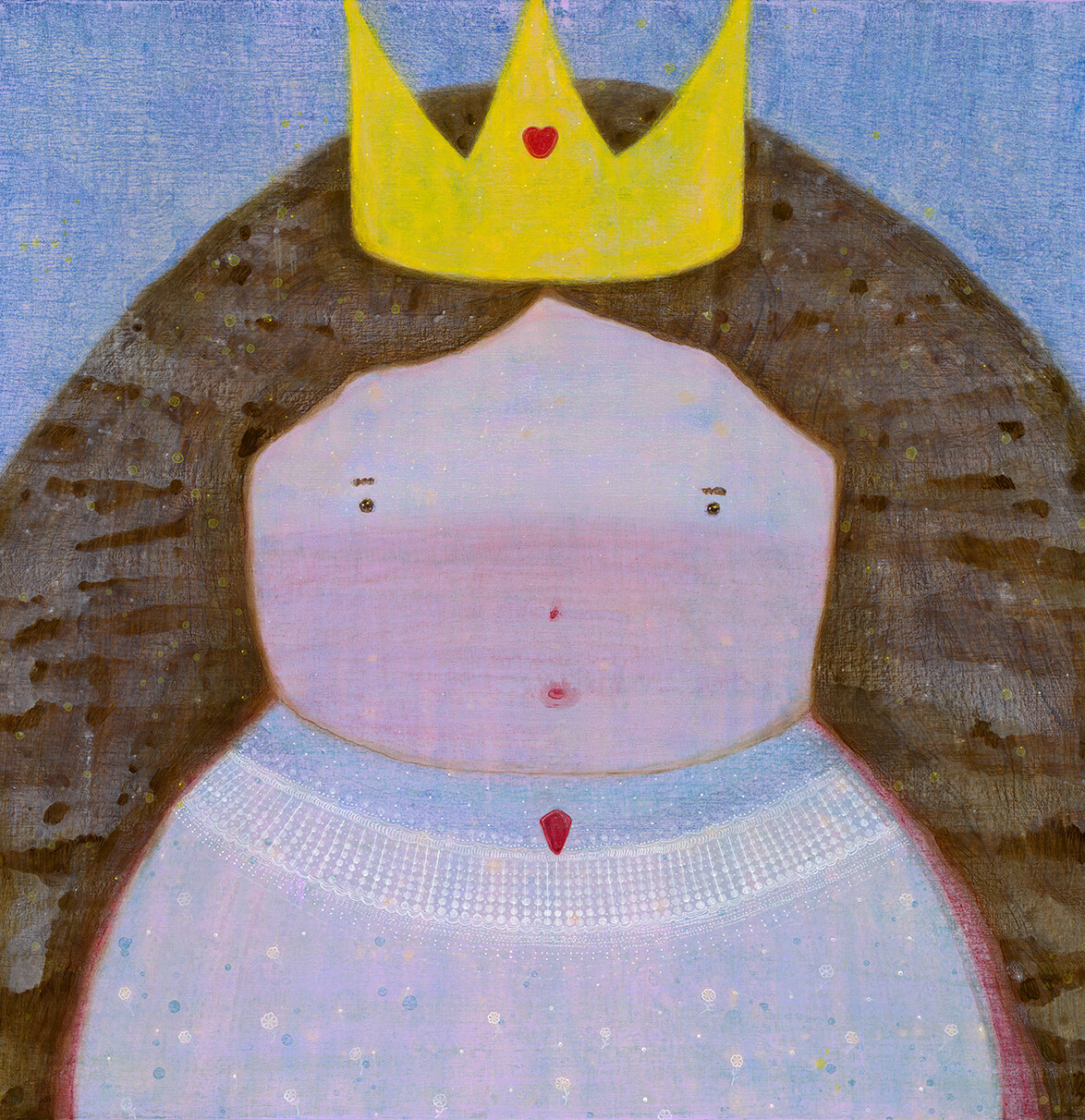
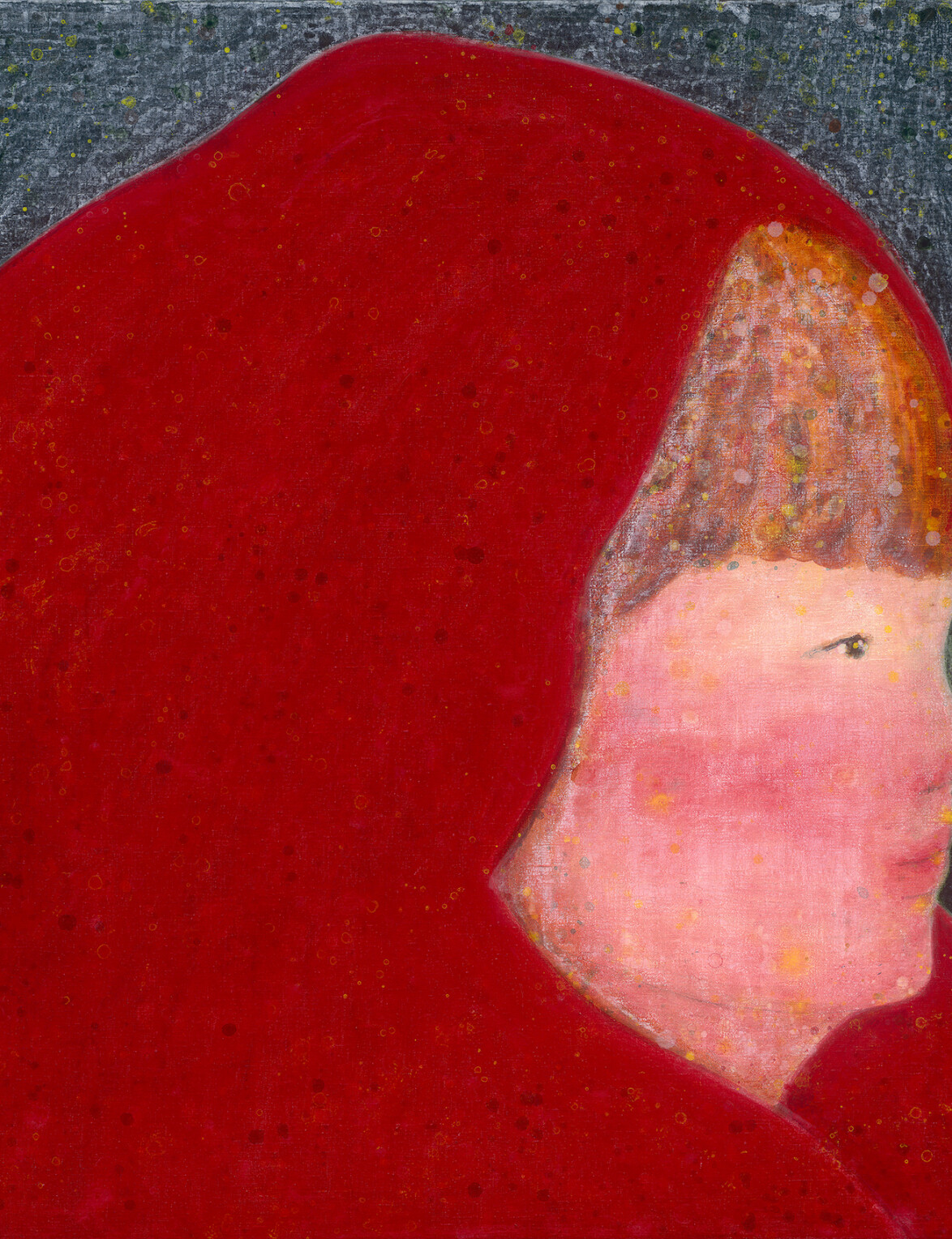
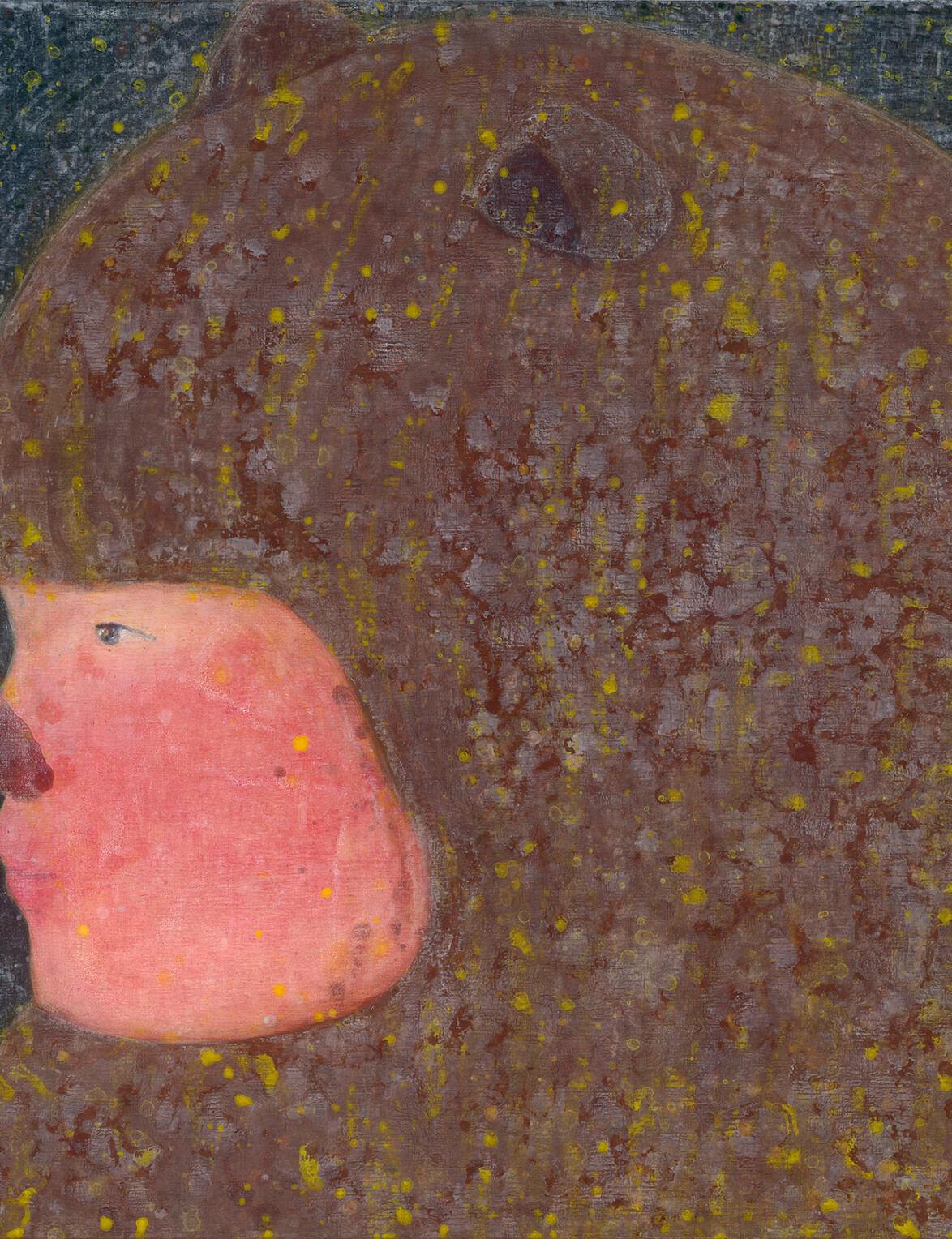
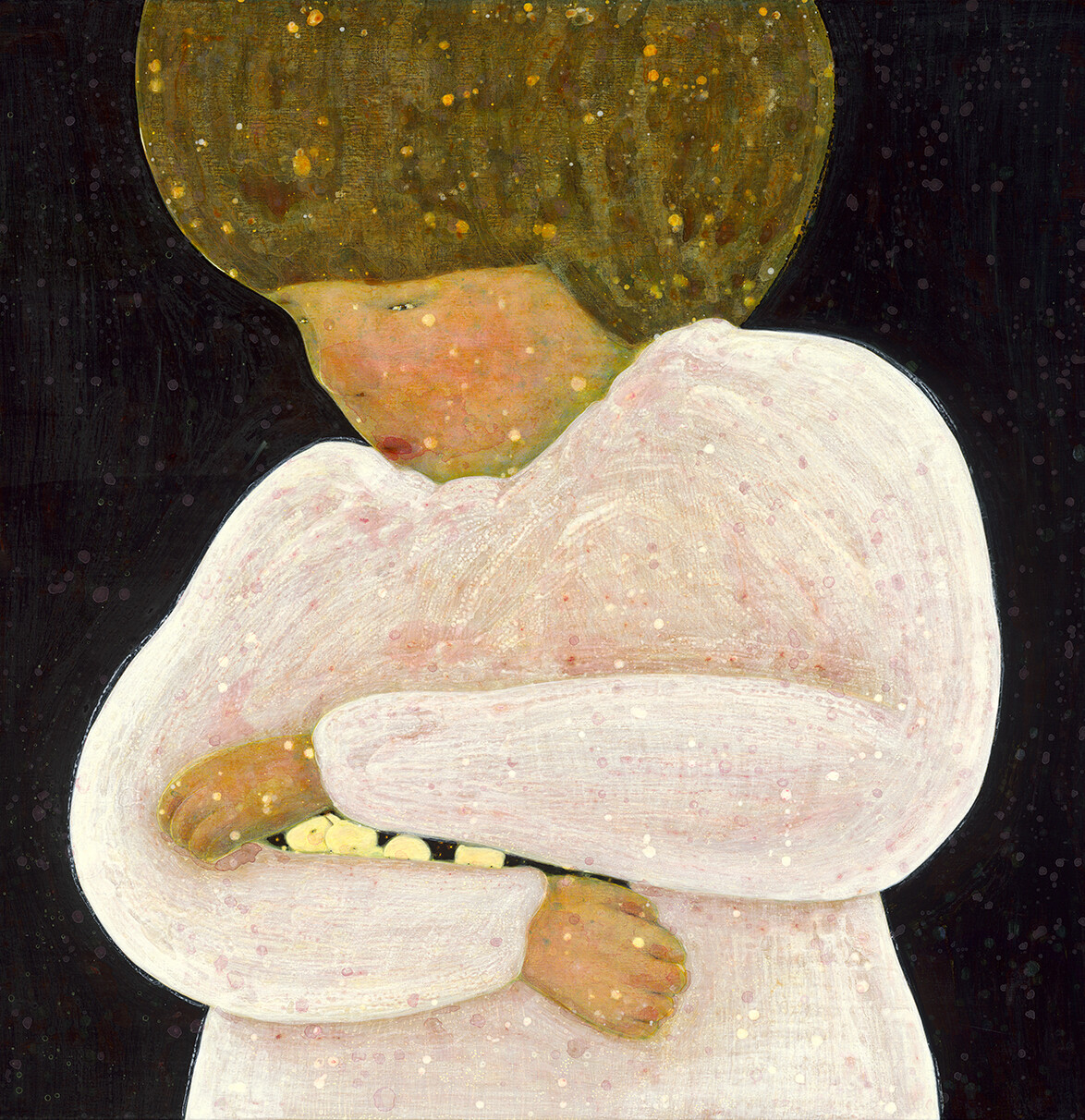
-1174x1278.jpg)
-1174x1278.jpg)
-1174x1276.jpg)